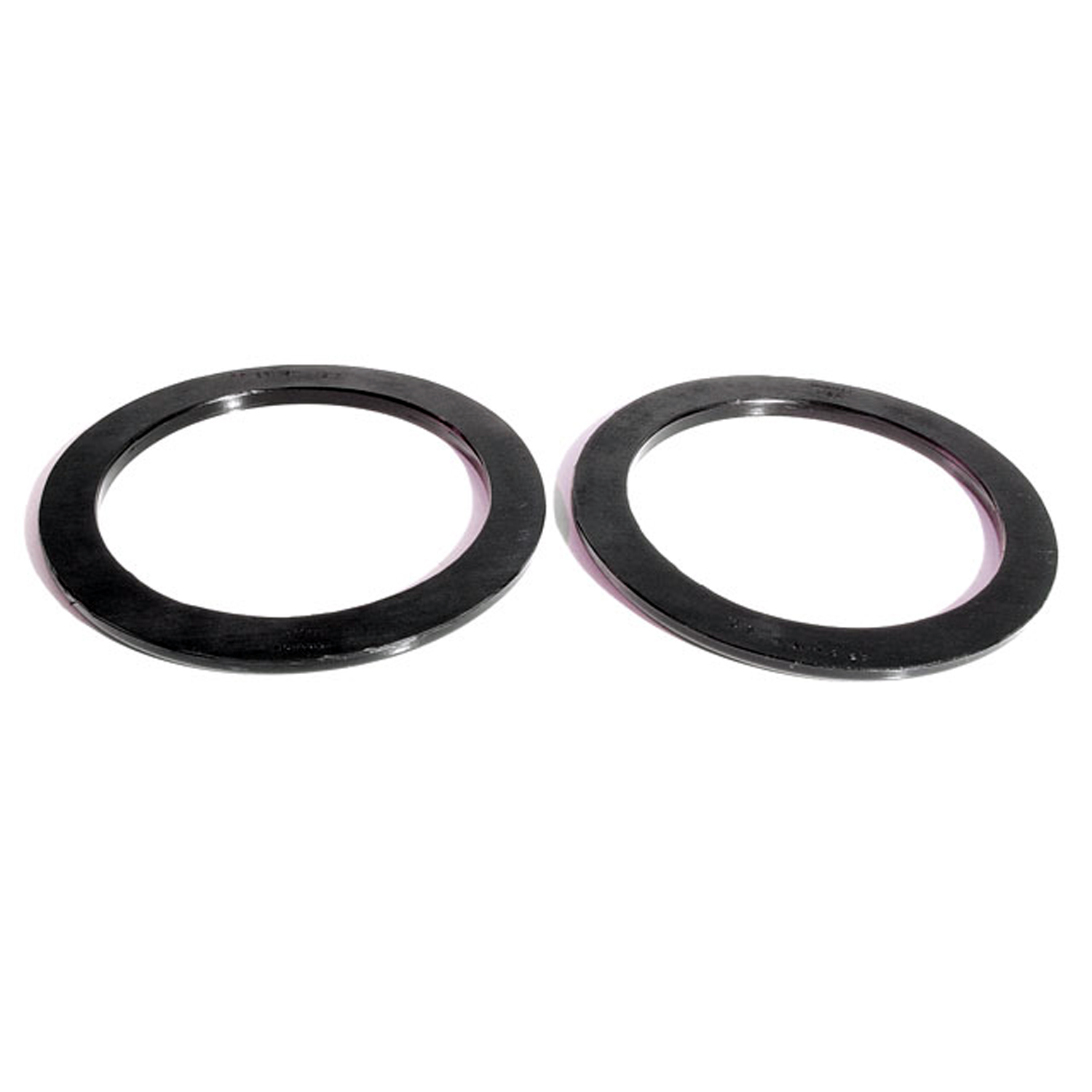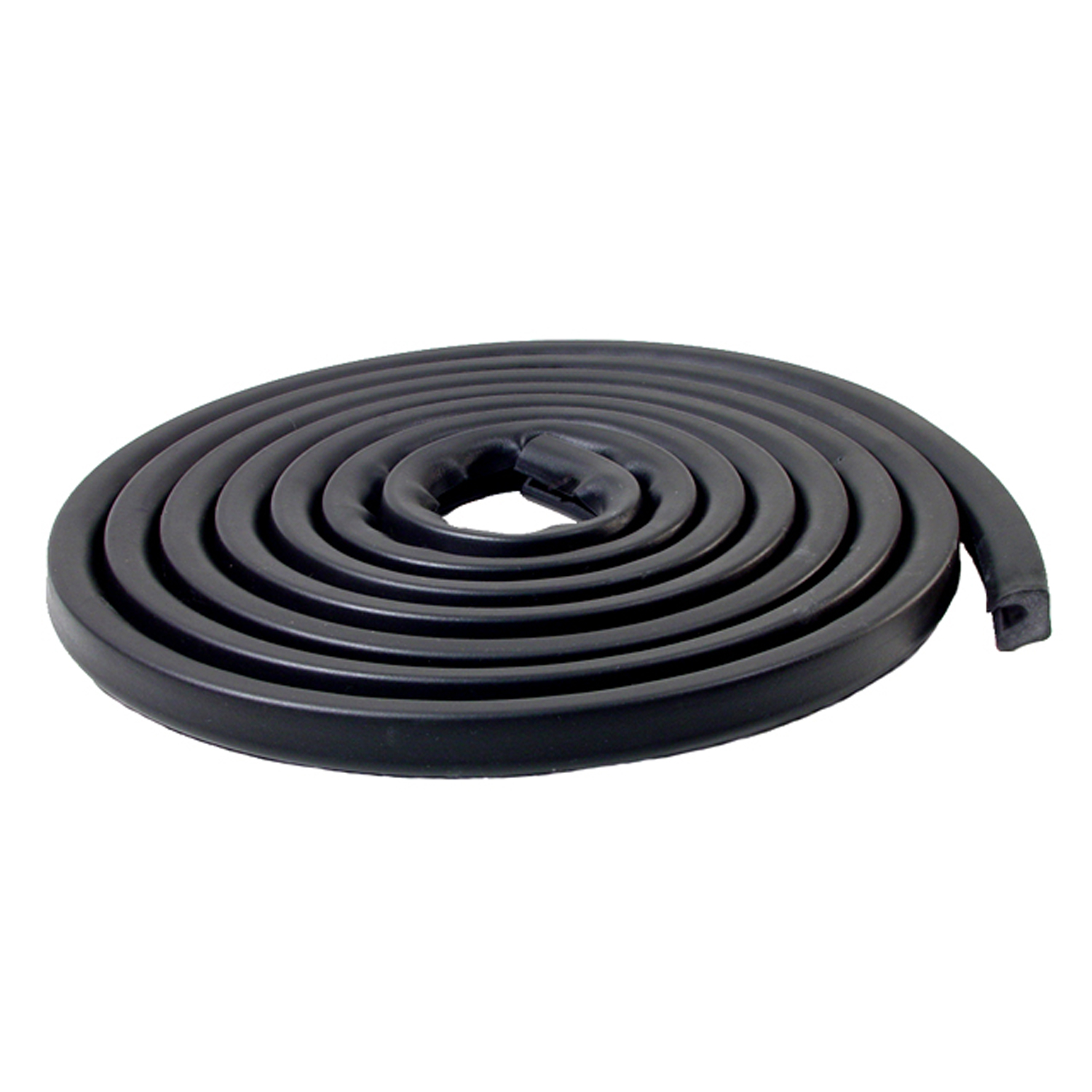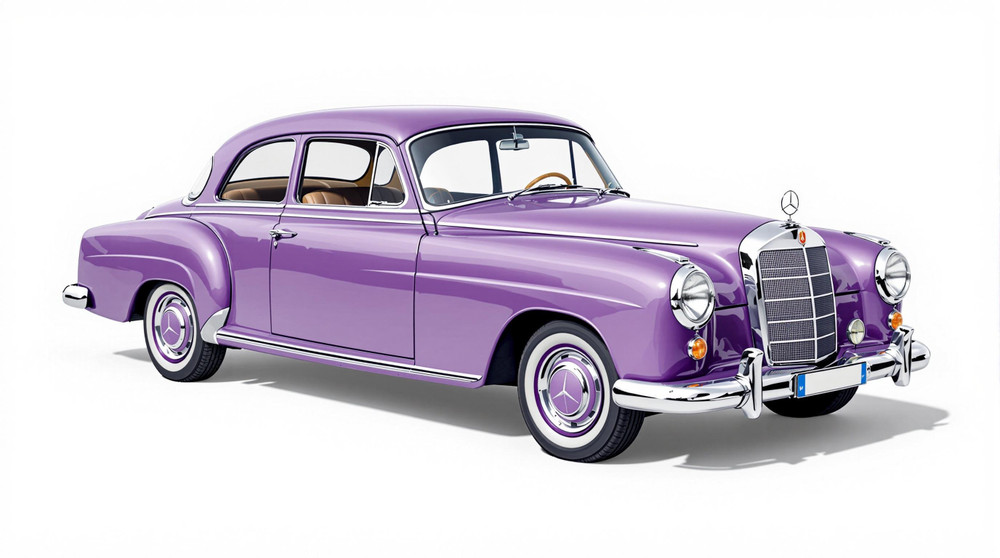Image of 1956 Mercedes-Benz 180d, Note: These illustrations use artistic license and may differ from actual historical models.
Performance Metrics
Fundamental Metrics
Emotional Appeal
MMP Rating
| Engine Specifications | |
|---|---|
| Engine: | OM 636.930 Diesel I4 |
| Displacement: | 1.8L (1767 cc) |
| Horsepower: | Estimated 40 hp at 3200 rpm |
| Torque: | Estimated 101 Nm at 2000 rpm |
| Compression Ratio: | 21:1 |
| Ignition System: | Diesel fuel injection |
| Cooling System: | Water-cooled |
| Performance Specifications | |
| 0-60 Time: | Estimated 32 seconds |
| 1/4 Mile Time: | Not available |
| Top Speed: | 68 mph (110 km/h) |
| Transmission and Drive | |
| Drive Type: | Rear-wheel drive |
| Transmission Type: | 4-speed manual |
| Fuel and Efficiency | |
| Fuel System Type: | Diesel fuel injection |
| MPG: | Estimated 35-40 mpg |
| Dimensions and Brakes | |
| Brakes: | Drum brakes |
| Wheelbase: | 106.3 in (2700 mm) |
| Weight: | 2600 lbs (1180 kg) |
Note: Specifications for classic cars are given to the best of our ability, considering the limited and variant data available.
Unveiling the Elegance of Engineering: The 1956 Mercedes-Benz 180d
The 1956 Mercedes-Benz 180d stands as a testament to the enduring legacy of German automotive craftsmanship. Born from the storied assembly lines of Stuttgart, this vehicle emerged during a post-war era when quality and durability were paramount. As an integral part of the Mercedes-Benz W120 series, the 180d was a beacon of innovation, showcasing the brand's commitment to excellence. A notable moment in its history is its distinction as one of the earliest diesel-powered passenger cars, offering an alternative to the gasoline-dominated market.
Design and Innovation
The exterior of the 1956 Mercedes-Benz 180d exudes a timeless charm, with its rounded edges and poised stance. The vehicle's silhouette is characterized by a balanced combination of form and function, featuring classic chrome accents and a prominent grille that proudly displays the iconic three-pointed star. Inside, passengers are greeted by an interior that prioritizes comfort and simplicity. The use of high-quality materials such as durable upholstery and polished wood trim reflects the luxury standards of its time. Technologically, the 180d was ahead of its peers with features like an advanced diesel engine and unitized body construction. Color options ranged from elegant blacks and greys to more adventurous blues and greens, with many owners favoring the sophistication of darker shades. Among body styles, the sedan version stood out as both practical and stylish.
Historical Significance
The introduction of the 180d marked a pivotal moment in automotive history. It set itself apart with its robust diesel engine that promised efficiency and longevity, challenging the status quo in an era dominated by petrol engines. This model's influence is seen in subsequent generations of diesel vehicles that prioritize fuel economy without compromising on performance or reliability.
Performance and Handling
Performance-wise, the 1956 Mercedes-Benz 180d was not built for speed but for steady and reliable motoring. With a modest top speed and acceleration figures that reflect its utilitarian nature rather than racing prowess, it still managed to deliver a smooth ride quality. Handling was precise for its time, offering drivers confidence on both city streets and country roads. The driving experience was characterized by the distinctive hum of its diesel engine—a sound that became synonymous with reliability.
Ownership Experience
As a daily driver, the Mercedes-Benz 180d excelled in reliability; as a show car, it exuded classic elegance; and while not designed for racing, it held its own in endurance challenges. Maintenance was straightforward for those familiar with diesel engines, making it a favorite among hands-on owners who valued longevity over flashiness.
Fun Facts
The 1956 Mercedes-Benz 180d has had its share of limelight with rare editions that enthusiasts seek out. Although not known for breaking speed records, it has held records for durability and fuel efficiency. Despite common criticisms about its modest power output, it remains a beloved classic among collectors.
Collector's Information
Today, collectors cherish the 1956 Mercedes-Benz 180d for its historical significance and charm. While production numbers were substantial for its time, surviving examples in excellent condition are increasingly rare. Current value ranges can vary widely based on condition, history, and originality; however, well-preserved models can fetch significant sums in the collector market. As appreciation for post-war classics grows, so does the potential value of this diesel pioneer.
Conclusion
The 1956 Mercedes-Benz 180d is more than just a vehicle; it's a piece of automotive heritage that embodies resilience and class. Its story is one of innovation during a time of rebuilding—a car that helped pave the way for future advancements in diesel technology. For enthusiasts and collectors alike, owning a piece of this legacy is akin to preserving an important chapter in car history.
1956 Mercedes-Benz 180d Catalog of Parts
 1956 Mercedes-Benz 180D Coil Spring Pads. 4" I.D., 5-1/2" O.D. Pair-RP 23-MCoil Spring Pads. 4" I.D., 5-1/2" O.D. Pair
1956 Mercedes-Benz 180D Coil Spring Pads. 4" I.D., 5-1/2" O.D. Pair-RP 23-MCoil Spring Pads. 4" I.D., 5-1/2" O.D. Pair 1956 Mercedes-Benz 180D Trunk Seal. Each-TK 63-M/15Trunk Seal. Each
1956 Mercedes-Benz 180D Trunk Seal. Each-TK 63-M/15Trunk Seal. Each 1956 Mercedes-Benz 180D Flexible glass-run channel. Rubber covered and pile lined-WC 12-96Flexible glass-run channel. Rubber covered and pile lined. Unbeaded. 96 in. long. Each. NOTE: $20 special shipping charge applies for domestic orders. Call or email for overseas shipping costs. Part can be sectioned in two or three equal lengths to reduce overseas shipping costs.
1956 Mercedes-Benz 180D Flexible glass-run channel. Rubber covered and pile lined-WC 12-96Flexible glass-run channel. Rubber covered and pile lined. Unbeaded. 96 in. long. Each. NOTE: $20 special shipping charge applies for domestic orders. Call or email for overseas shipping costs. Part can be sectioned in two or three equal lengths to reduce overseas shipping costs.Why Choose Metro?
For over 100 years, Metro Moulded Parts has been the pinnacle of quality in classic car restoration parts. Our commitment to precision and authenticity in every component ensures a perfect fit and an OEM-level appearance.
- Expert Craftsmanship & Quality: Each part is a testament to our dedication to reliability and perfection, crafted from original designs and thoroughly tested.
- Advanced Technology: We use cutting-edge techniques to create flawless, long-lasting parts that surpass others in performance.
- SuperSoft Sponge – The Ultimate Door Seal: Not only are our door seals 30% softer than competitors', but they're also guaranteed to never leak. They effectively reduce wind and road noise, enhancing your classic car's comfort and driving experience.
- Proudly American: Our parts are a product of American craftsmanship, made in the USA with a spirit of excellence and heritage.
- Unrivaled Warranty: We back our products with a 30-year industry-leading warranty, a testament to our confidence in their quality.
Join us in preserving the legacy of classic cars with parts that are crafted for perfection, not just made.

